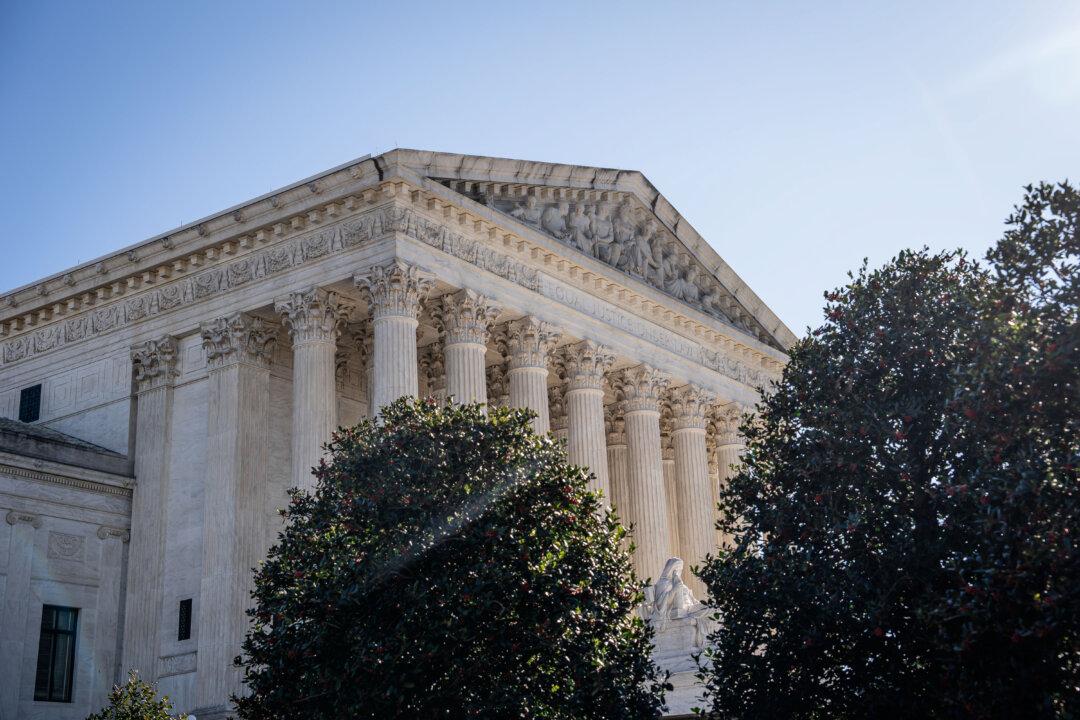This text appeared in the ‘Top Story’ email newsletter sent on Dec. 28, 2024.
The Supreme Court issued a series of consequential decisions in 2024 that could impact American law and hot-button issues for decades to come.President-Elect Donald Trump Trump and Jan. 6 saw a slew of cases in the lower courts, with at least three major ones reaching the justices in the 2023-2024 term. Outside of those cases, the court also issued game-changing decisions on administrative law, helped clarify its view of the First Amendment in social media regulation, and engaged in debates over the nature of originalism in judges’ decision-making.





